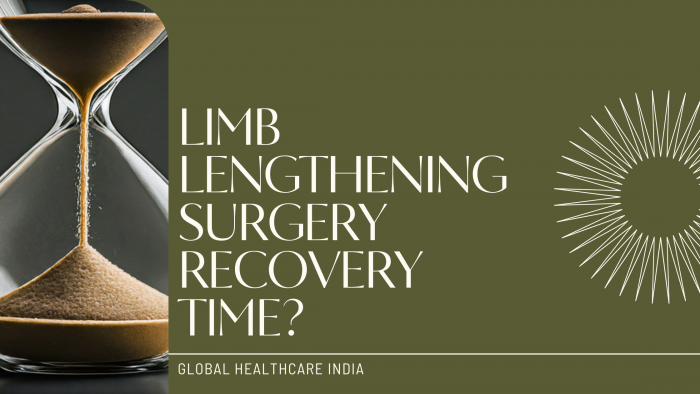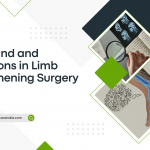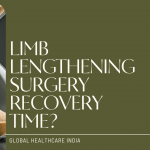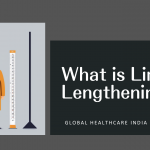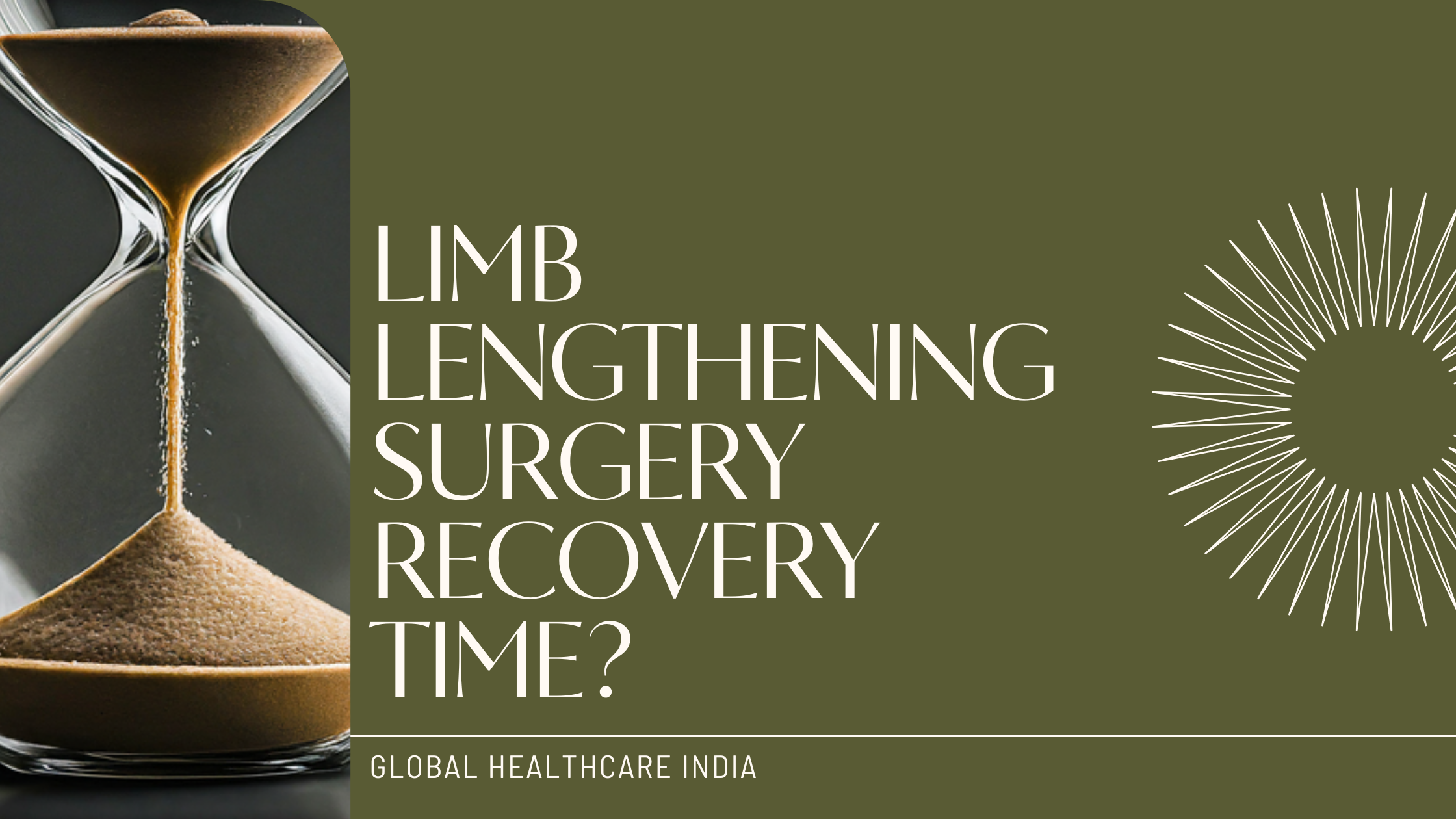Limb lengthening surgery recovery time
Limb lengthening surgery is a complex procedure that can significantly improve your quality of life. But like any surgery, it comes with a recovery period. This blog will guide you through what to expect after limb lengthening surgery, from the initial days to regaining full function.
The Two Phases of Recovery
Limb lengthening recovery can be broken down into two main phases:
- Lengthening Phase: This is where the actual lengthening occurs. You’ll likely have an external fixator device attached to your limb, which gradually separates the bone to stimulate new bone growth. This phase can last anywhere from a few weeks to several months, depending on the amount of lengthening needed.
- Consolidation Phase: Once the desired length is achieved, the new bone needs time to harden and solidify. This phase typically lasts for several months, during which the fixator remains in place.
What to Expect During Recovery
- Initial Hospital Stay: You’ll likely spend a few days in the hospital after surgery for monitoring and pain management.
- Pain Management: Pain medication will be prescribed to manage post-surgical discomfort.
- Physical Therapy: Physical therapy is crucial throughout recovery to maintain joint mobility, strengthen muscles, and gradually increase weight-bearing on the lengthened limb.
- Fixator Care: The external fixator needs meticulous cleaning and care to prevent infection. Your doctor will provide detailed instructions on pin site care.
- Weight-Bearing: Initially, you’ll likely use crutches or a walker for support. Gradually, as the new bone strengthens, you’ll be able to put more weight on the lengthened limb.
Recovery Timeline
It’s important to understand that recovery is a gradual process, and the timeline can vary depending on several factors, including:
- Age: Children generally heal faster than adults.
- Amount of Lengthening: The greater the lengthening, the longer the recovery.
- Overall Health: Pre-existing medical conditions can impact healing time.
Here’s a general timeframe to keep in mind:
- 6-8 weeks: Focuses on pin site care, stretching exercises, and possibly non-weight-bearing movement like aquatic therapy.
- 2-3 months: Gradual weight-bearing progression with crutches, aiming to walk without assistance by this point.
- 4-6 months: Continued physical therapy to strengthen muscles and improve gait.
- 6-12 months: Most patients regain full function and can return to regular activities.
Remember, this is just a general guideline. Your doctor will provide a personalized recovery plan based on your specific case.
Tips for a Smooth Recovery
- Follow your doctor’s instructions meticulously.
- Attend all physical therapy appointments.
- Maintain a healthy diet to support healing.
- Get enough rest.
- Maintain a positive attitude – recovery takes time and patience.
Limb lengthening surgery can be life-changing, but it’s important to be prepared for the recovery journey. By understanding the process and following your doctor’s guidance, you can ensure a smooth and successful recovery.
